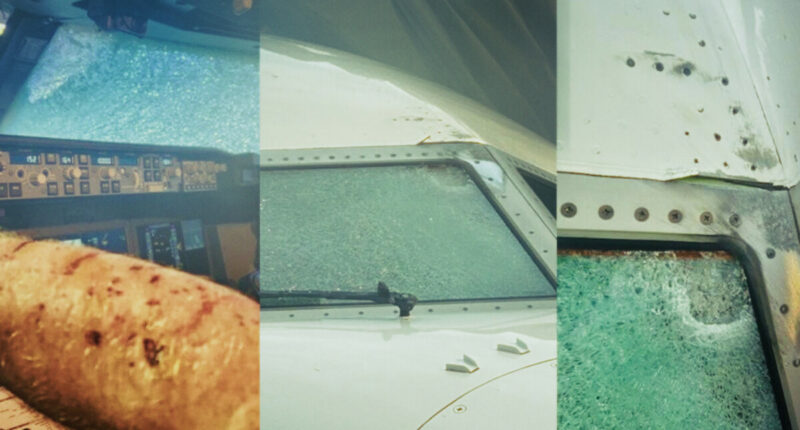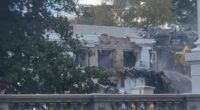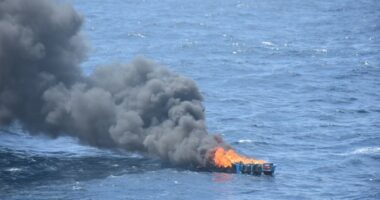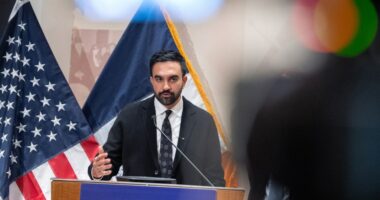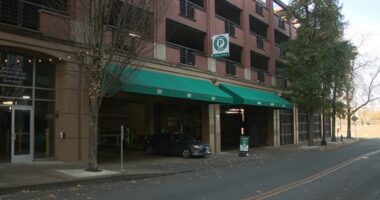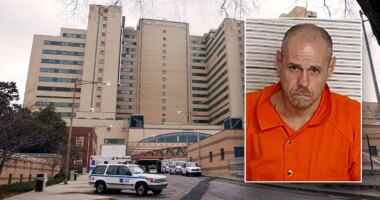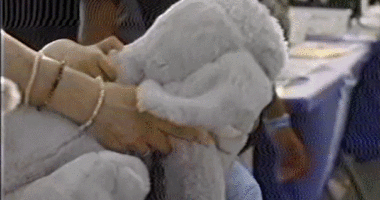Share this @internewscast.com
A United Airlines Boeing 737 MAX 8 carrying 140 passengers from Denver to Los Angeles was forced to make an emergency landing in Salt Lake City after its cockpit windshield mysteriously cracked mid-flight at 36,000 feet.
The pilot sustained only minor injuries in an incident that necessitated a swift descent to 26,000 feet before successfully landing. Passengers faced a delay of around six hours, with arrangements made to place them on a subsequent flight.
Authorities are still investigating to pinpoint the exact reason behind the windshield crack. While theories range from impacts with debris or hail to possible space-related materials, no conclusive evidence has been established yet. Images of the damaged windshield display extensive cracks and impact marks, raising eyebrows among aviation safety experts.

In a similar episode, War Secretary Pete Hegseth’s aircraft encountered a windshield crack during its return to the U.S. from a NATO assembly. The plane had to make an unexpected landing in the United Kingdom after the issue was detected. Flight data showed the aircraft descended to 10,000 feet, adhering to standard emergency protocols. Thankfully, all onboard, including Hegseth, were unharmed. Pentagon spokesperson Sean Parnell confirmed that the landing followed standard emergency procedures.
These incidents highlight increased concerns about aircraft windshield durability and overall aviation safety. Both the United Airlines and Hegseth’s flights raise questions about potential systemic issues and the necessity for rigorous maintenance and inspection.
